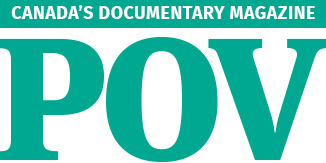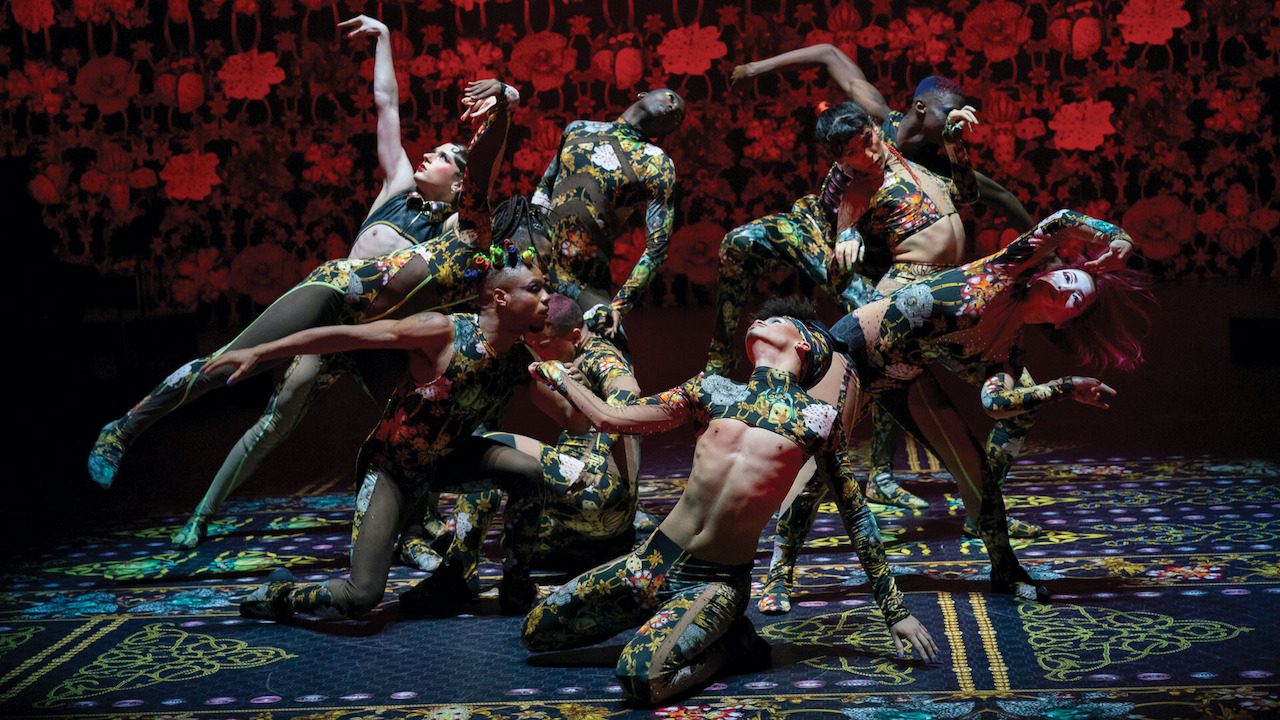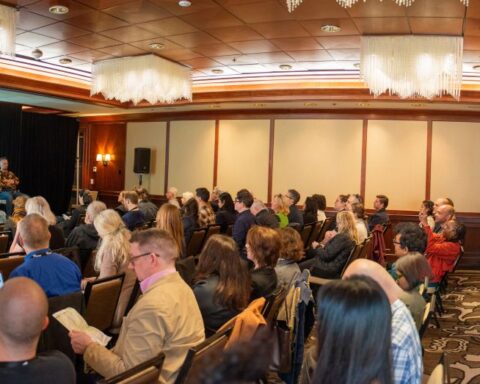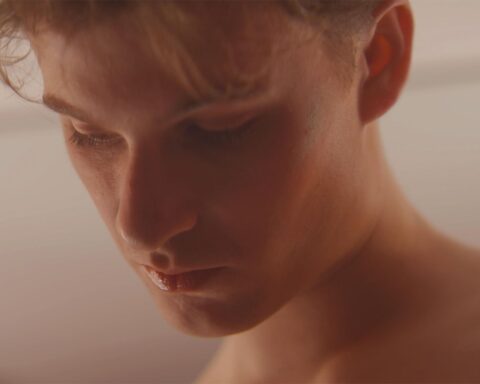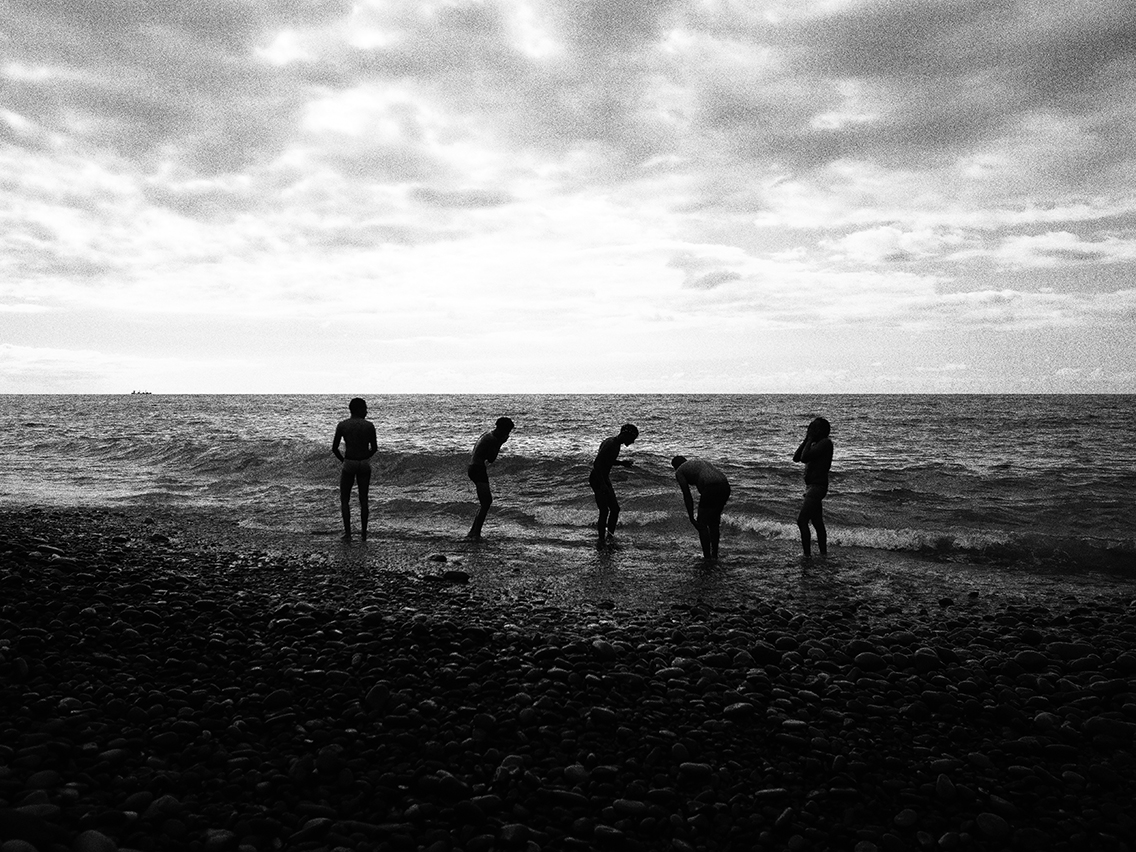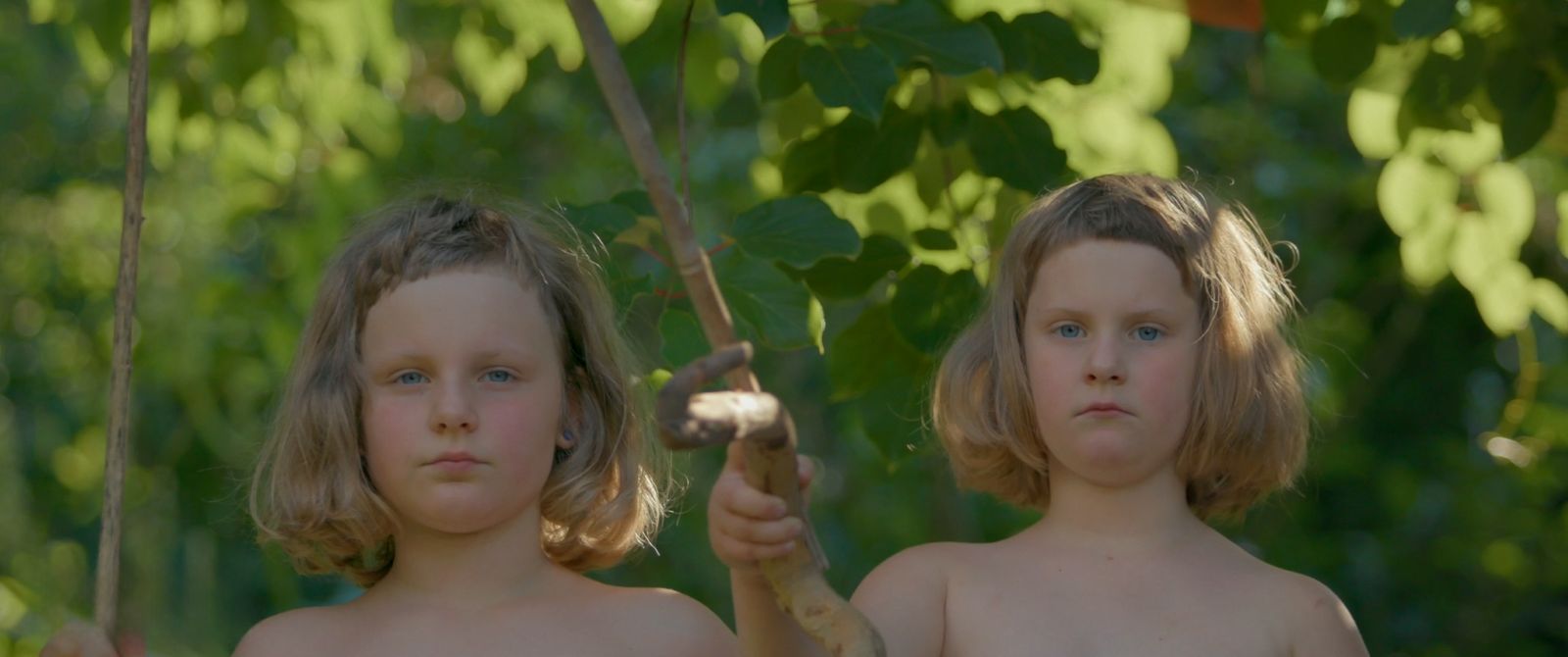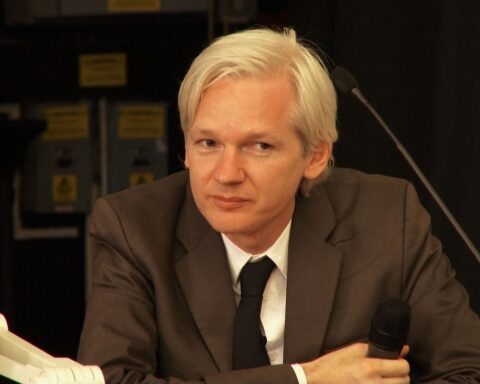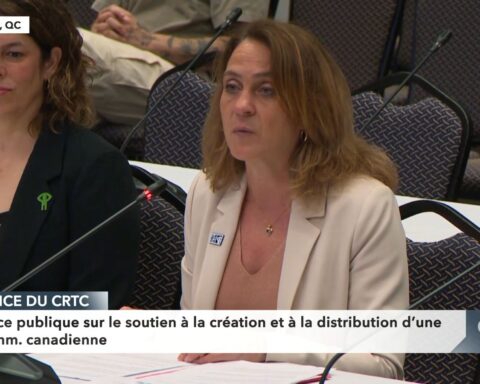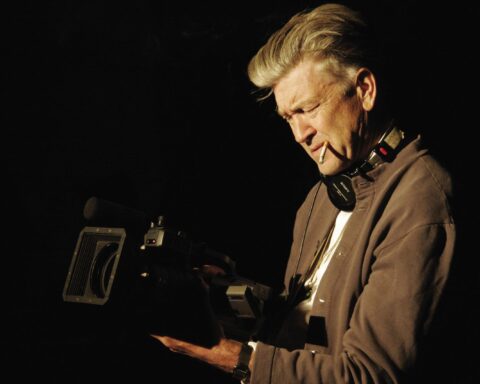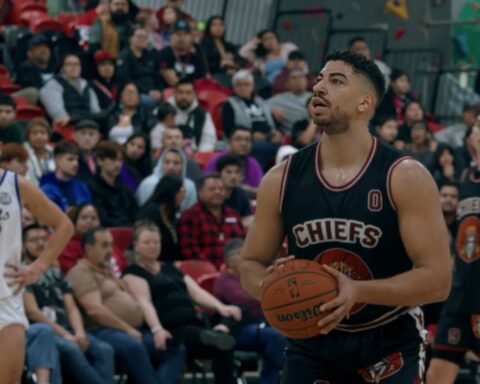Assembly
(USA, 99 min.)
Dir. Rashaad Newsome, Johnny Symons
Programme: Special Presentations (Canadian premiere)
Internationally acclaimed artist Rashaad Newsome defies categorization. His multidisciplinary aesthetic fuses technology, collage, sculpture, video, music, and performance. It is also uniquely informed by Afrofuturism, critical race theory, and activism.
Assembly is Newsome’s first feature documentary, codirected with veteran filmmaker Johnny Symons (Daddy and Papa; Outrun). The film is a comprehensive record of Newsome’s 2022 exhibition of the same name. Just like Assembly, the documentary is comprised of many components. It functions as a union of disparate parts that create a richer whole. More importantly, the film duplicates the immersive, interactive essence of the exhibit.
In creating this collage-inspired chronicle, the directors fold in various styles and genres of film. The result is a documentary that is many things at once: an autobiographical film that follows Newsome’s personal journey of self-realization, an insight into his artistic practice, and an expression of empowerment from a community. The art event itself was complex, even heady, but it also had a vital spiritual and emotional component that this film captures in the most profound ways.
For Assembly, Newsome transformed New York’s historic Park Avenue Armory into a Black queer utopia. This massive endeavour incorporated video projections, holograms, sculptures, collages, music, dance, and African fractal patterns. He designed it to be an educational space, a gallery, and a performance venue. Newsome’s non-binary AI progeny, Being, was a key figure and a fully realized character that had an emotional arc of their own.
Being’s role was to engage with the audience in an interactive experience meant to edify. Programmed with the critical writings of theorists and activists such as bell hooks, Audre Lorde, and Paulo Freire, and the physical movements of various vogue dance artists, Being sought to teach the audience about colonialism and its effects.
But having this emotional quality, Being’s presence was (and is) controversial: interacting with them proved to be a fascinating experience for some attendees, while those who questioned AI’s role in art had angry reactions. The film draws attention to this tension during a scene that occurs prior to the exhibition when Newsome introduces Being to an audience that eventually turns on them. It’s an interesting dilemma that Newsome and Symons wisely do not solve, leaving the issue open for further discussion.
It’s significant that the film also shows Newsome interacting with his creation, his child, after this somewhat negative experience. Both share their feelings. With such a deep connection between them, it’s like he’s interacting with himself. It’s a bit unnerving until you realize that Being’s hurt feelings and disappointment at this reaction are mirrored by Newsome.
As the film weaves in and out of scenes that reveal who Newsome is, it’s clear that he is coming to terms with his own past and identity. Through his art, he’s seeking to express a new self that is liberated from the constraints of that past. The film includes his story of growing up in New Orleans, details of his career, and his eventual journey to Ghana where he visits dungeons used to house slaves and tries to reconnect with an essential part of his being that has been historically taken away. This is an act of assembly as well – of bringing together disparate parts to make a new whole.
A crucial element of the film’s success is that it does fold in other voices – those of the performers involved in Assembly and the collective presentation. The film moves with an emotional logic as it becomes clear that gathering these collaborators is essential to Newsome’s process and to the film as well. Whatever else Being has done in this exhibition, they have introduced the idea of communicating feelings, of sharing difficult experiences out loud. The genius of Assembly is that it continues this process, and as the date for the exhibition approaches in the timeline, the filmmakers blend in more and more voices who share personal histories and speak about why it’s so important to be part of this event.
These performers are models of courage and are astonishingly candid, drawn from all corners of the world. Dazié Rustin Grego-Sykes explains how he uses his feelings of isolation as a Black and queer person in his spoken word poetry. Nekia Zulu, a Black trans woman who faces constant public disdain relates how she has managed to turn it around into a source of inner strength. Kyron EL faces a crisis in the days leading up to the exhibition, but as he opens up to Newsome about his traumatic upbringing, they solve the problem together. It’s a heartbreaking and enlightening healing moment.
In Assembly, Newsome and Symons chronicle a crucial therapeutic element in this process of building this particular show. Every performer who is interviewed is happy to be a part of this event: they feel like they bring a vital part of themselves to the show. It is a portrait of Newsome and his work, but it is also a record of a group of people existing and interacting in the most empowering ways in a specific place and time. The film acts as an inspiration for the viewer.
Assembly brings important insight into Newsome’s art practice of collage as a form of world building, of constructing a new space to replace the old status quo, and this is an attempt to revitalize larger ideas around artistic practice. In the film, as in the exhibition, various styles and disciplines are combined into a coherent and visionary whole. Artists within the community, each with their own personal histories and perspectives, come together to thrive. Through their collective efforts, Newsome and his collaborators lead the charge into a brighter artistic future that eschews bigotry. Assembly is a loud and proud assertion from a community that refuses to be dismissed anymore.
Assembly screens at Hot Docs 2025.
Get more coverage from this year’s festival here.

